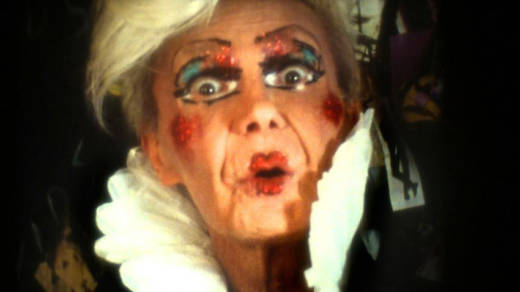Urban history is both concrete and fleeting, as we know firsthand from the breakneck pace of development in the Mission, SOMA and Dogpatch neighborhoods. In early 2017, local opposition to a proposed mid-Market residential and hotel complex compelled Supervisor Jane Kim to introduce legislation establishing the Compton’s Transgender, Lesbian, Gay and Bisexual District. Her bill represented a deal whereby the developer of 950-974 Market—which was wiping out some old-line gay bars in the Tenderloin—funded a venture to preserve the area’s cultural and historical legacy.
Whence the name? Victor Silverman and Susan Stryker’s dramatic 2005 documentary, Screaming Queens: The Riot at Compton’s Cafeteria, unearthed the largely forgotten story of the transgender women and drag queens who got fed up with systemic police harassment in 1966 at the titular establishment at Turk and Taylor (three years before the Stonewall riots, which receive most of the credit for jumpstarting the gay rights movement).

San Francisco Cinematheque, the city’s stalwart exhibitor of experimental film, tapped guest programmer Malic Amalya to assemble Infrared—In Celebration of the Compton Transgender District, four programs exploring private and public sexuality, identity and activism. The collection of personal portraits in “Dislocation of Existence” (Tuesday, Oct. 16 at CounterPulse, 80 Turk St.), Amalya writes, “offer ephemeral glimpses into what’s possible and pulverizing flashes of what’s been stolen.” The Oct. 30 program, “Slow/Sheltering/Shattering,” positions individual experiences and actions as catalysts for larger social movements.
Infrared concludes with Jeff Preiss’ ambitious personal doc Stop (Nov. 6), which depicts his son’s coming of age over 16 years as well as the myriad changes in the physical world around him. The notion of the present slipping into history (urban and otherwise) is poignant territory for an astute filmmaker.


